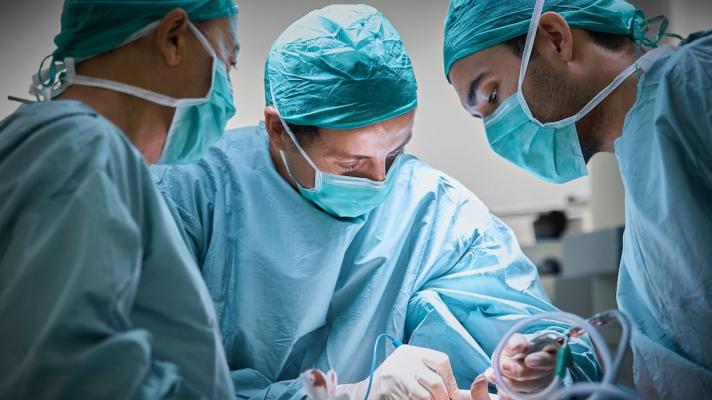
Photo: Matt Lincoln/Getty Images
Engineers from the University of Hong Kong have developed a generative AI-based imaging method that supports cancer diagnosis.
HOW IT WORKS
CytoMAD (Cyto-Morphology Adversarial Distillation) combines AI and microfluidic technology to do label-free imaging of tumours at the individual cell level. It can capture cell images "at great speed, enhance these images, and automatically correct inconsistencies in cell imaging.
"We use [genAI] technology to render much clearer label-free images with useful information such as whether a treatment has had a positive effect," explained research lead and HKU professor Kevin Tsia.
It also allows simultaneous brightfield to quantitative phase image translation to reveal additional cellular information. Dr Michelle Lo, a postdoctoral researcher at HKU and the main developer of CytoMAD, further explained that the technology can be trained to extract mechanical properties and molecular information of cells from brightfield images that are undetectable to the human eye.
"In other words, we could uncover important properties of cells that underpin cell functions, bypassing the use of standard fluorescence markers and their limitations in costs and time."
The research team demonstrated the use of the genAI imaging tool on lung cancer patients in a study with Li Ka Shing Faculty of Medicine and Queen Mary Hospital. The team is now working to secure funding for clinical trials of CytoMAD with lung cancer patients. They also intend to train the genAI tool to enable clinicians to predict cancer and other diseases.
WHY IT MATTERS
Single-cell imaging as part of cancer diagnosis and research can be lengthy and expensive. The process often applies stains and labels to samples to resolve low visibility. Results can also take time.
"Until now, there is no cost-effective technique to do single-cell analysis through imaging mainly because of the limitation in scale. Under the traditional methods, the imaging throughput is not fast enough and the cell images are not clear and informative enough," noted Prof Tsia, who also heads HKU's Biomedical Engineering Programme. His team sought to address these limitations with their imaging innovation.
According to HKU, besides its cost-effectiveness and fast imaging throughput, CytoMAD also allows unbiased cell image analysis since it does not require any data assumption, unlike current ML-driven methods requiring a priori knowledge of data.
THE LARGER TREND
Another university in Hong Kong has also developed healthcare large language models (LLM), including one for detecting breast cancer pathologies in MRI images. The research team at Hong Kong University of Science and Technology is now preparing for clinical pilots of these AI models with hospitals.
Other Hong Kong-based institutes have also hopped on the genAI development trend. Late last year, the Chinese University of Hong Kong unveiled its genAI model for automated eye disease diagnosis called VisionFM. The Centre for Artificial Intelligence and Robotics created a medical chatbot named CARES Copilot 1.0, powered by Meta's Llama 2 LLM.
Meanwhile, a radiology-specific LLM, developed by Australian company Harrison.ai, was introduced in September last year. Harrison.rad.1 was found to outperform popular models, including OpenAI's GPT-4o and Microsoft LLaVA-Med, in a competitive examination for radiologists.


09c3.jpg)

















